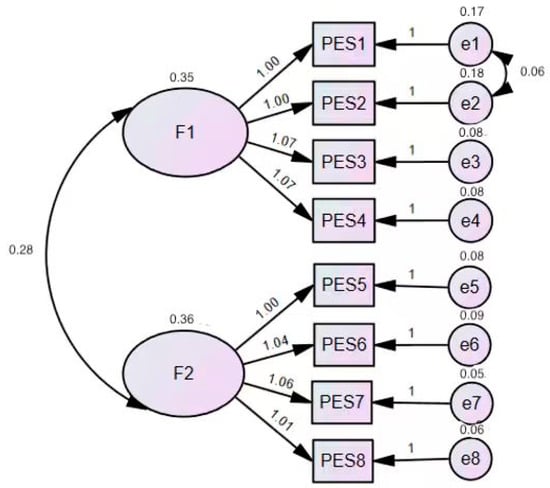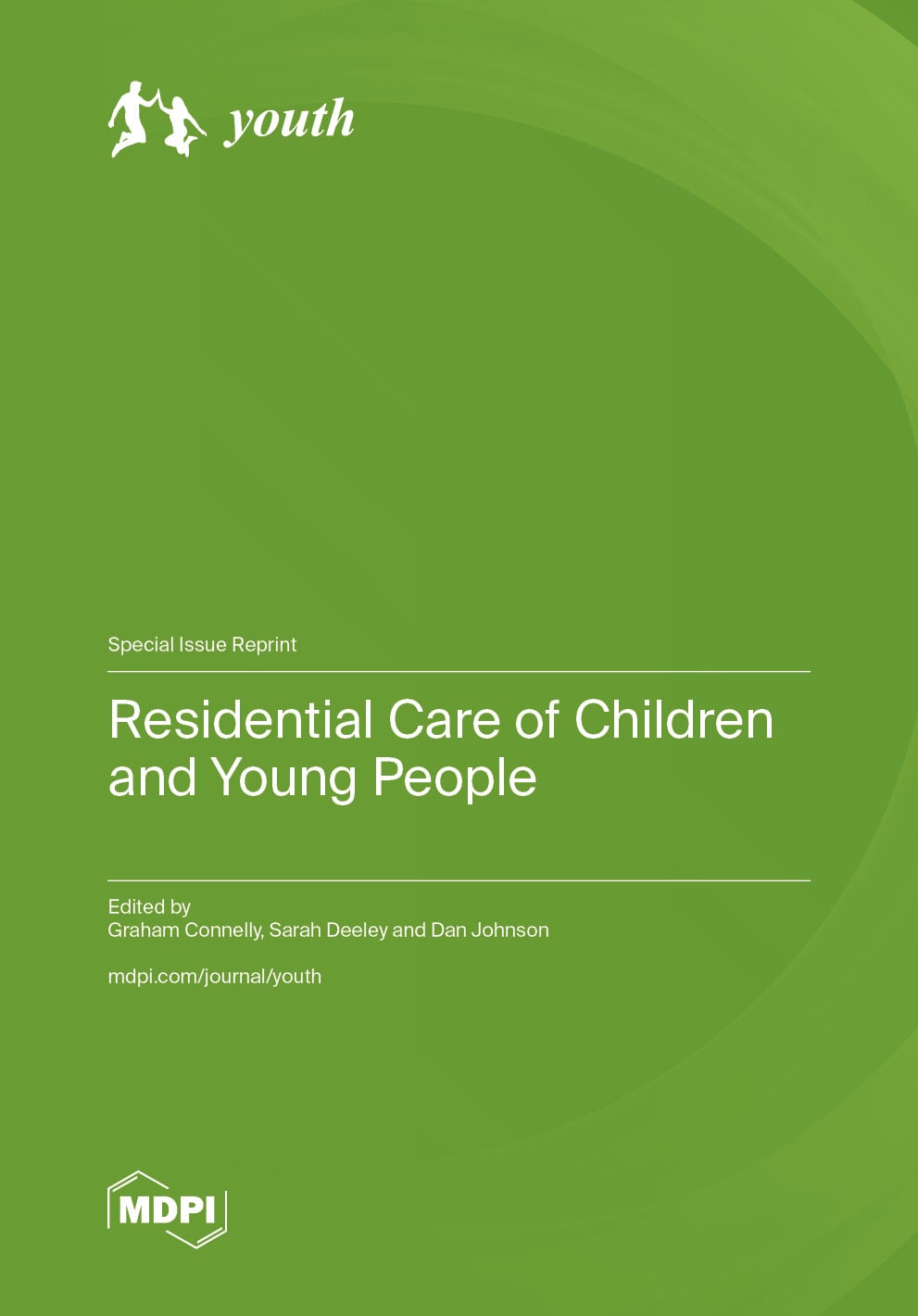- Article
Validation of the Positive Eating Scale in Chinese University Students and Its Associations with Mental Health and Eating Behaviors
- Jie Chen,
- Wenting Xu and
- Yangling Liu
- + 6 authors
Positive eating behaviors may be linked to improved health outcomes, but reliable assessment tools are scarce. This study aims to translate the Positive Eating Scale (PES) into Chinese (PES-C), culturally adapt it, and examine its psychometric properties and its relationship with psychological symptoms among Chinese college students. A two-stage cross-sectional study was conducted from October 2024 to April 2025. A total of 800 valid questionnaires were collected in Stage 1 and 1882 in Stage 2. PES-C showed good structural validity (CFI = 0.991, RMSEA = 0.067) and high internal agreement (Cronbach α = 0.963), with measurement invariance established across gender and ethnicity. Correlation analysis showed that PES-C score was significantly negatively correlated with depression (PHQ-9, r = −0.24) and anxiety (GAD-7, r = −0.22), positively correlated with the frequency of vegetable consumption (r = 0.13–0.18), and negatively correlated with beverage consumption (r = −0.01–−0.17). These findings indicate that positive eating attitudes help improve psychological symptoms and may also affect food choices. PES-C is a dependable and effective tool for assessing the eating behaviors of Chinese university students, offering both theoretical and practical support for campus nutrition and mental health promotion programs.
18 December 2025



